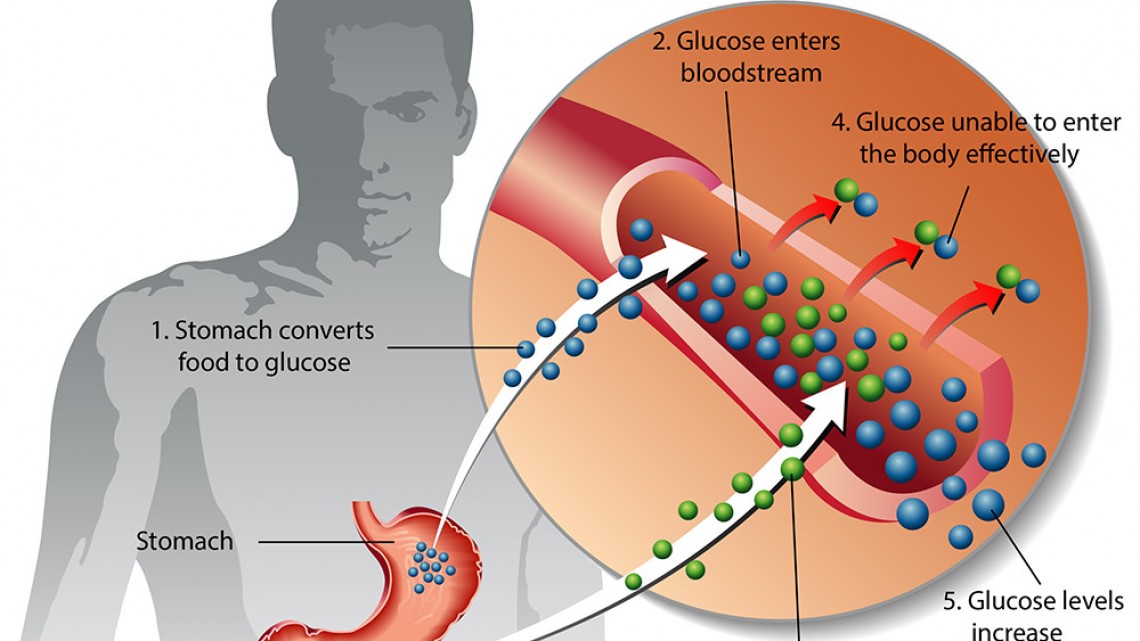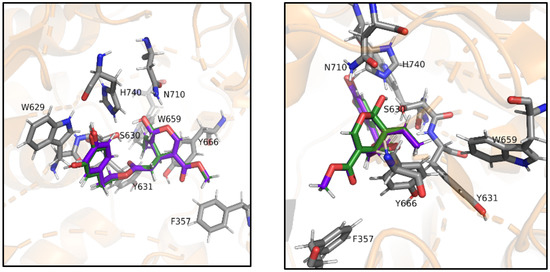Η ΑΝΤΙΑΙΜΟΠΕΤΑΛΙΑΚΗ ΔΡΑΣΗ ΤΟΥ ΥΨΗΛΑ ΦΑΙΝΟΛΙΚΟΥ ΕΛΑΙΟΛΑΔΟΥ

Ο διαβήτης τύπου 2 είναι μια διαταραχή στον τρόπο με τον οποίο το σώμα ρυθμίζει και χρησιμοποιεί το σάκχαρο (γλυκόζη) ως καύσιμο. Αυτή η μακροχρόνια παθογένεια έχει ως αποτέλεσμα την παρουσία υπερβολικής γλυκόζης στην κυκλοφορία του αίματος. Σαν αποτέλεσμα, τα υψηλά επίπεδα σακχάρου στο αίμα μπορεί να οδηγήσουν σε διαταραχές του κυκλοφορικού, του νευρικού και του ανοσοποιητικού συστήματος. Η μεταγευματική γλυκόζη έχει συσχετιστεί με υψηλότερη συχνότητα καρδιαγγειακών συμβαμάτων σε ασθενείς με και χωρίς διαβήτη.
Πρόσφατα, ο Lammi και οι συνεργάτες του, μελέτησαν την δυνητικά ευεργετική επίδραση της κατανάλωσης εξαιρετικά παρθένου ελαιολάδου στην αθηροσκλήρωση και τον διαβήτη. Τα αποτελέσματά τους έδειξαν ότι η ελαιοκανθάλη ανέστειλε την έκφραση δύο ορμονών (GLP-1 και GIP), δύο ινκρετίνες που παίζουν ουσιαστικό ρόλο στον έλεγχο στην μεταγευματική γλυκαιμία που προκαλεί την έκκριση ινσουλίνης και μειώνει τη μεταγευματική γλυκόζη στο αίμα.

Figure 4. Putative complex between DPP-IV and oleuropein aglycone or ligstroside aglycone. Oleuropein aglycone (dark green) and ligstroside aglycone (purple) in complex with DPP-4, seen from the front (top) and the back (bottom). Key residues S630 and H740 of the catalytic triad appear to be evidently involved in the binding of both ligands.
